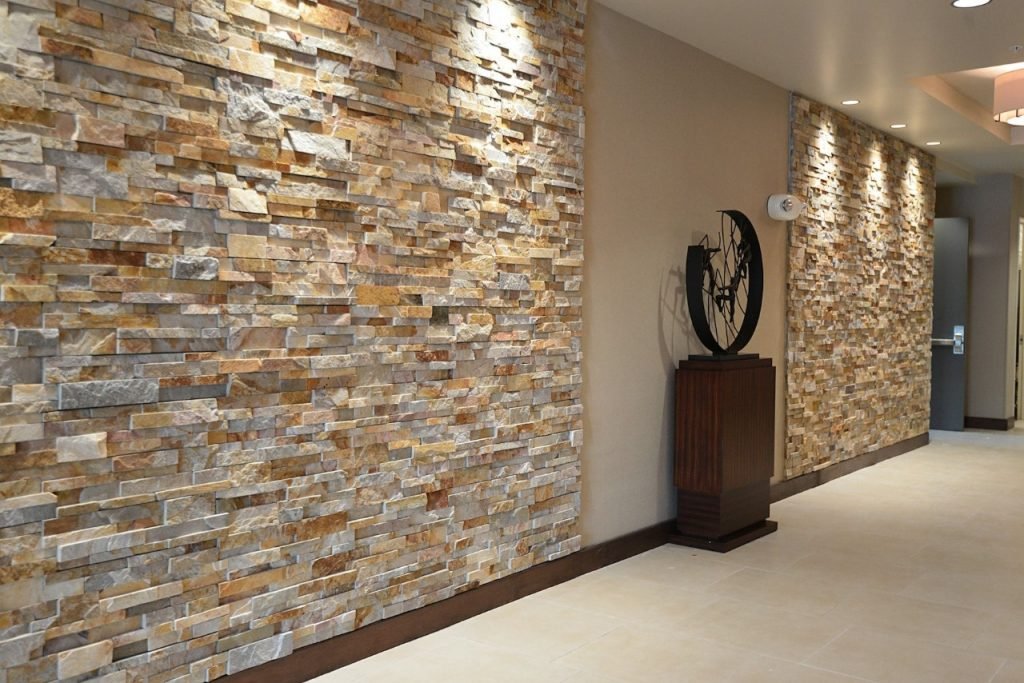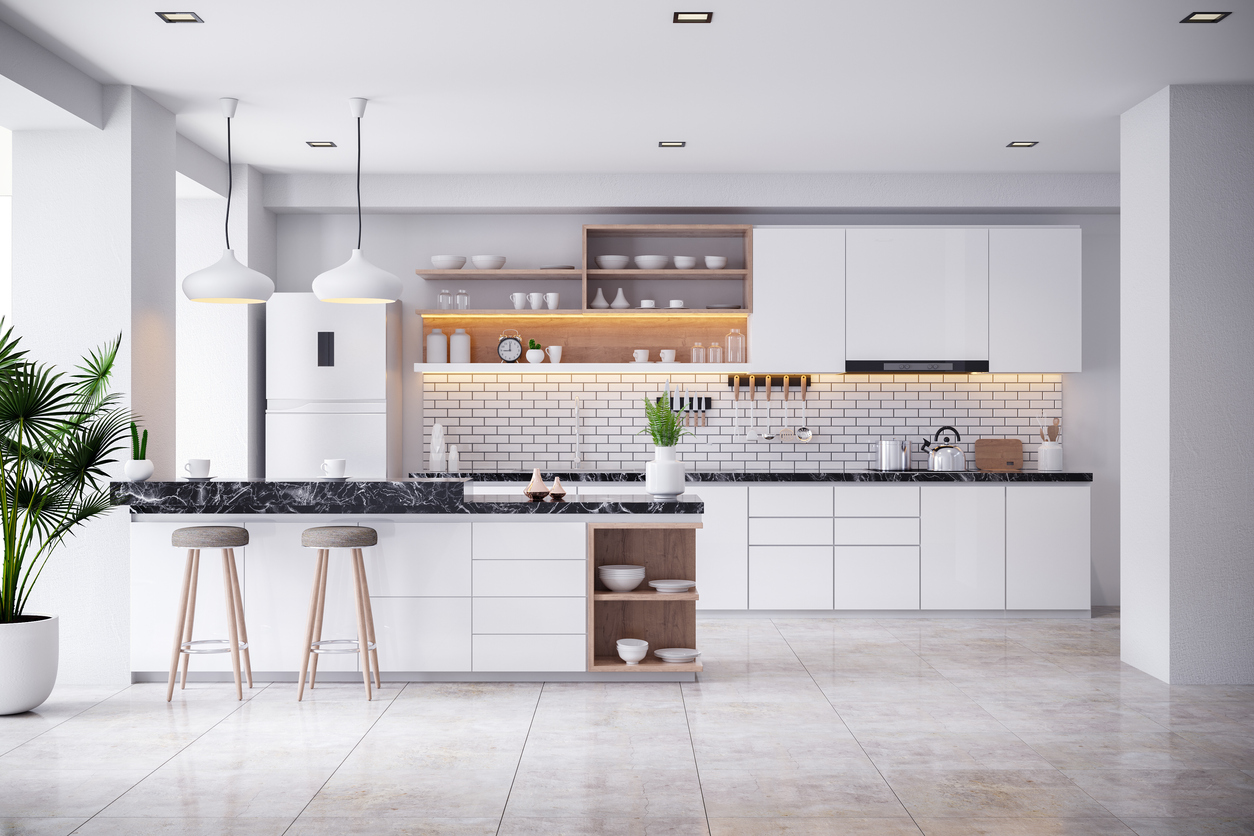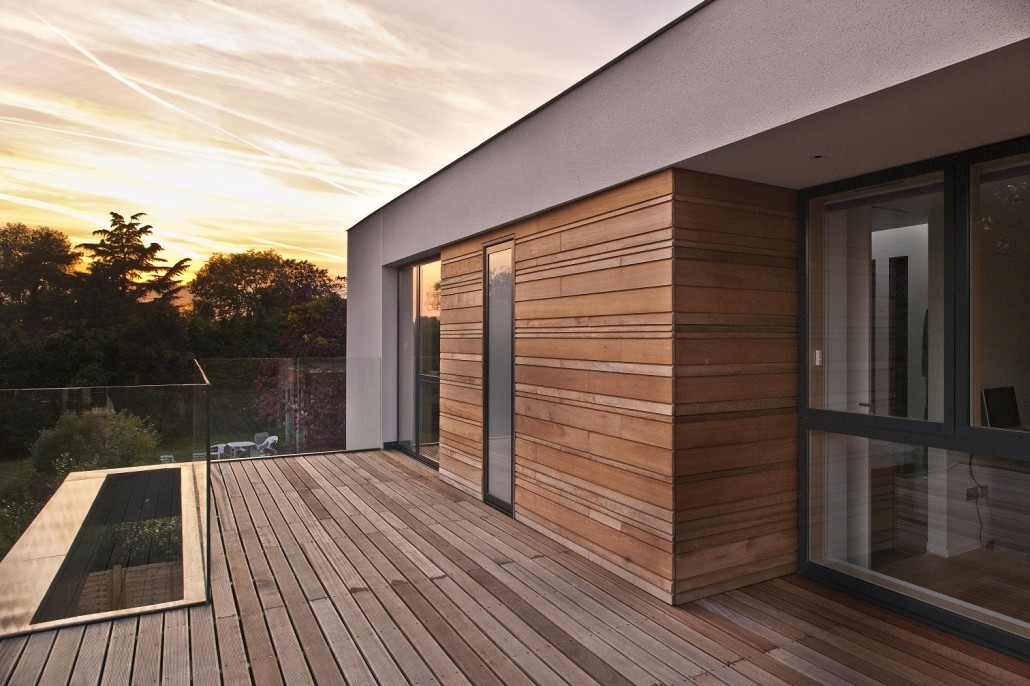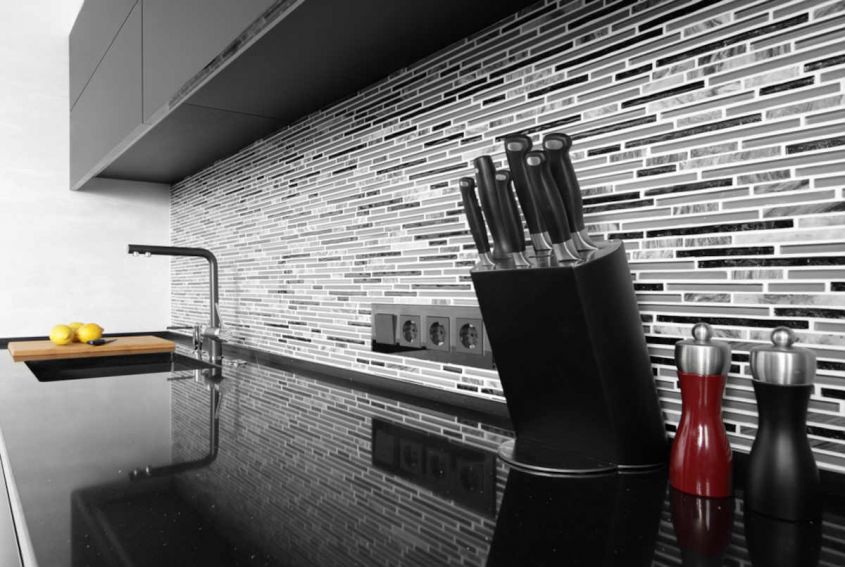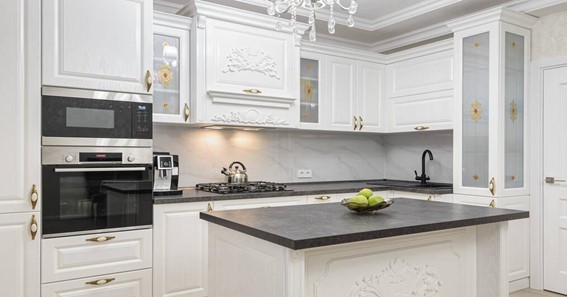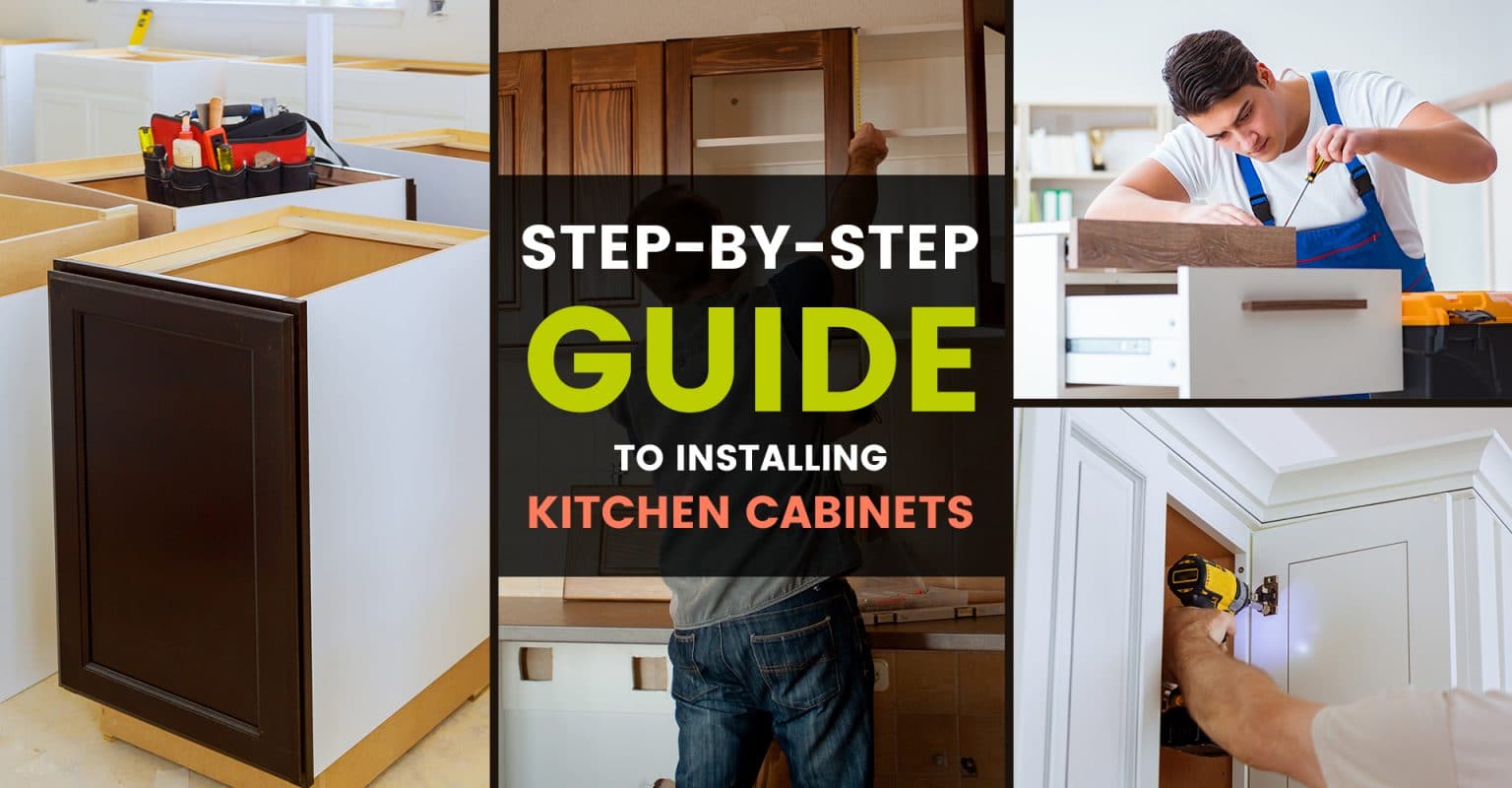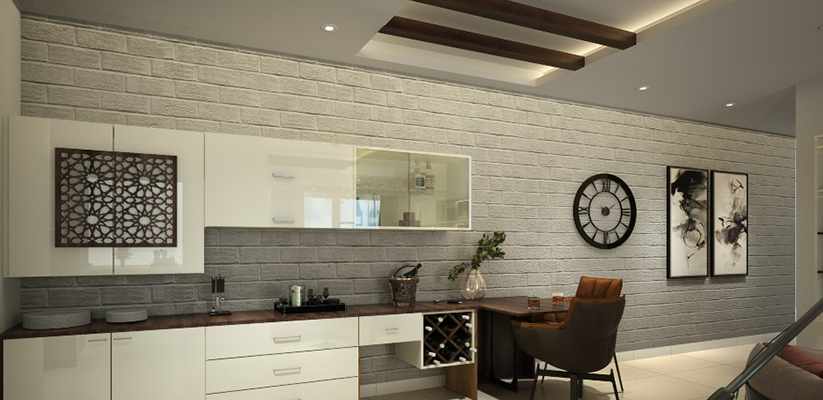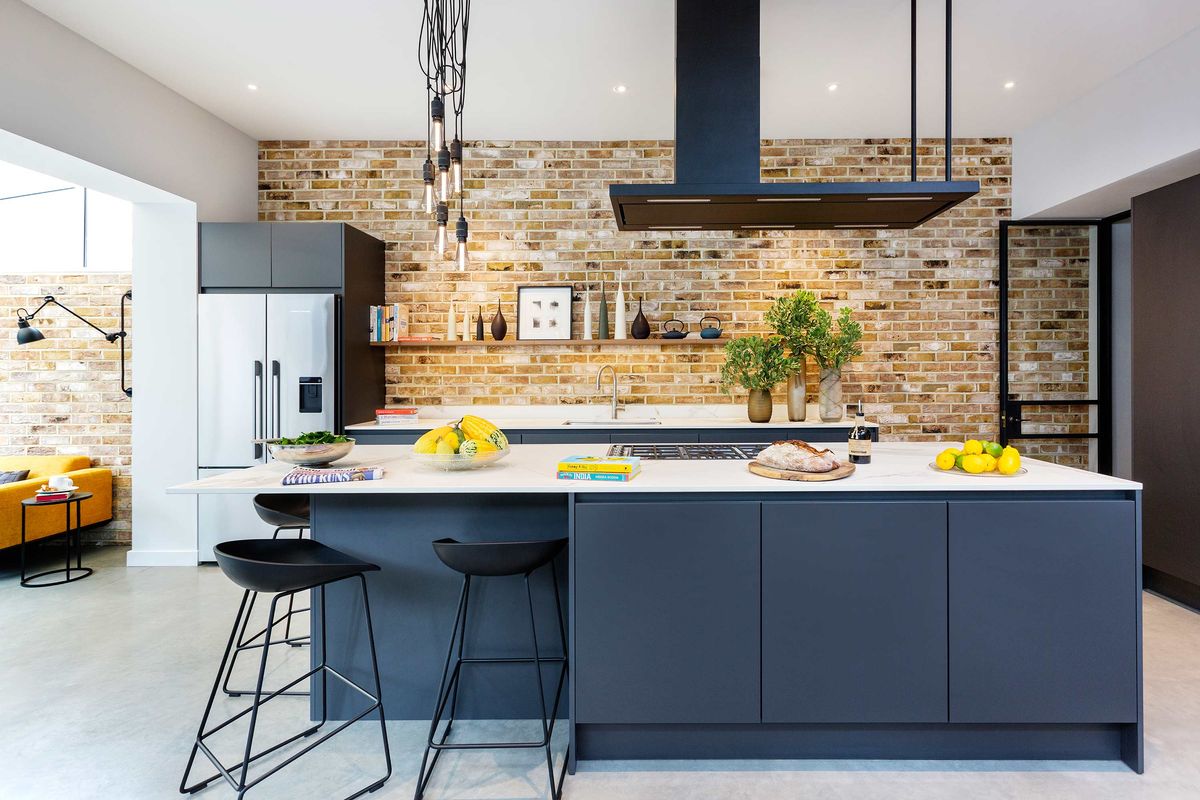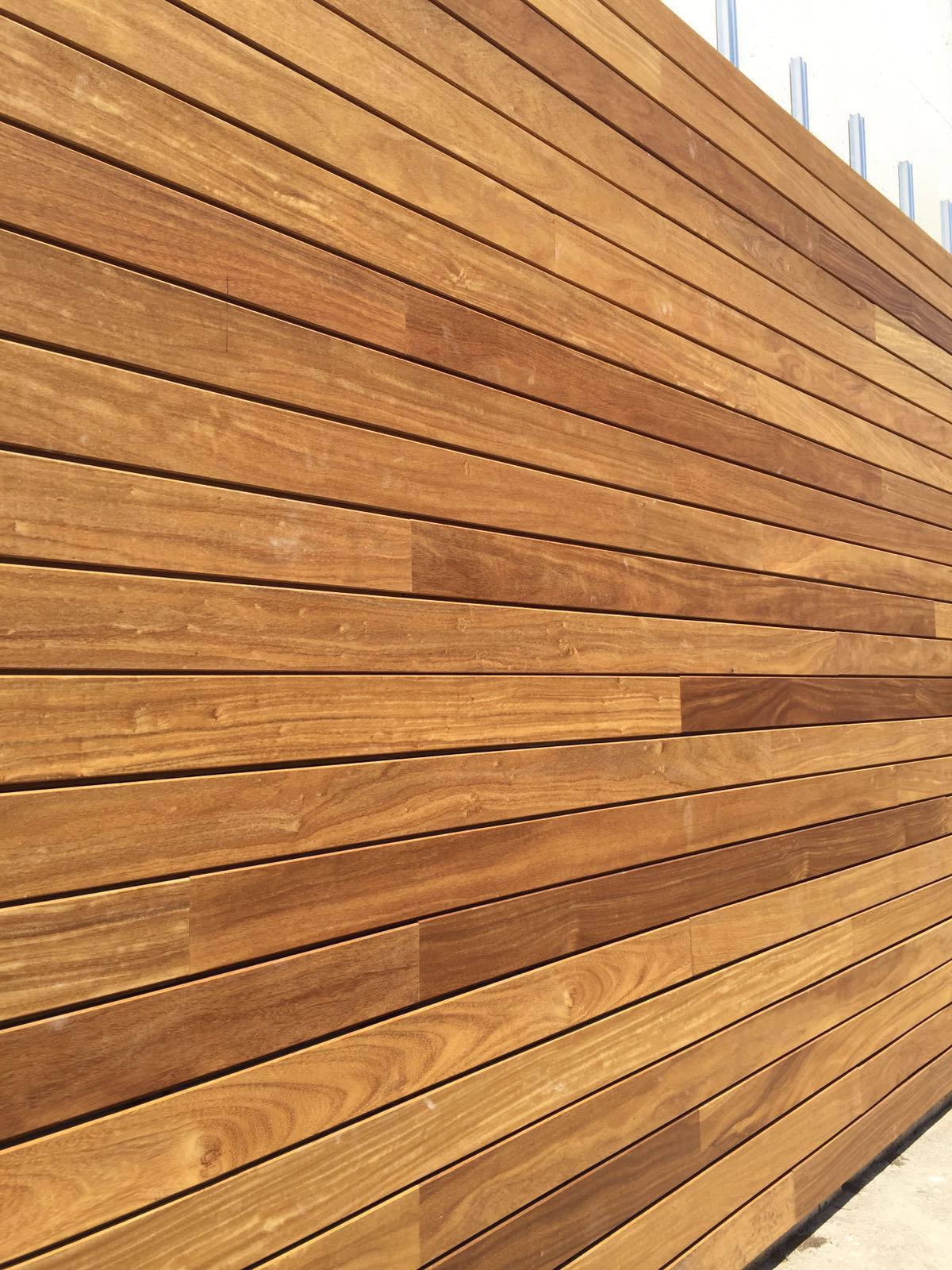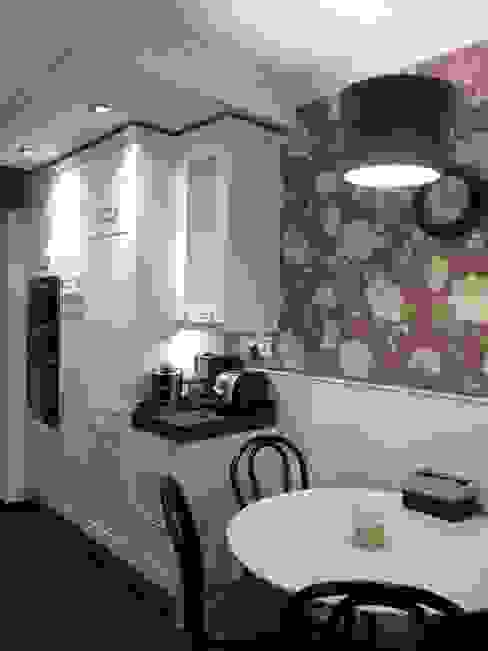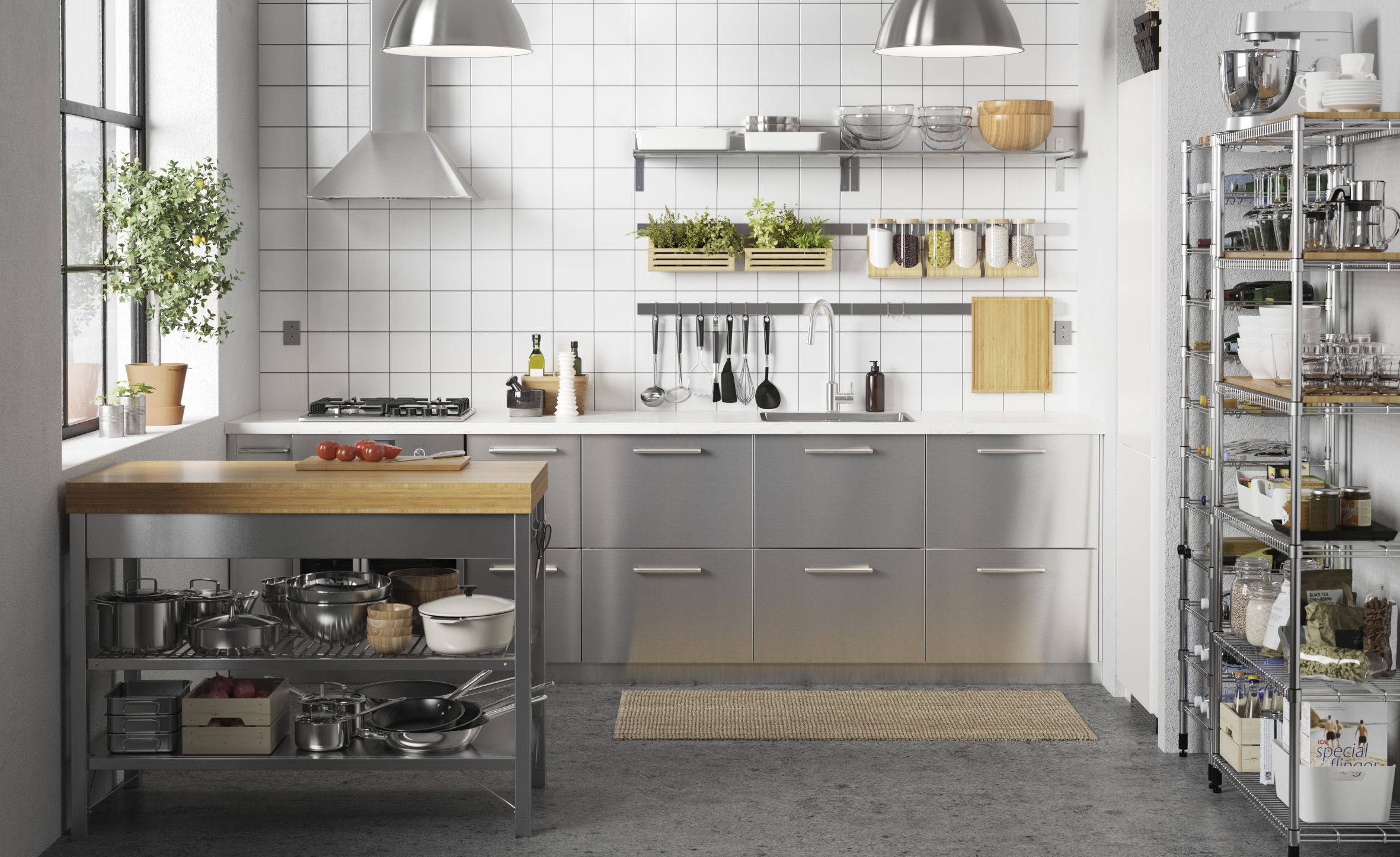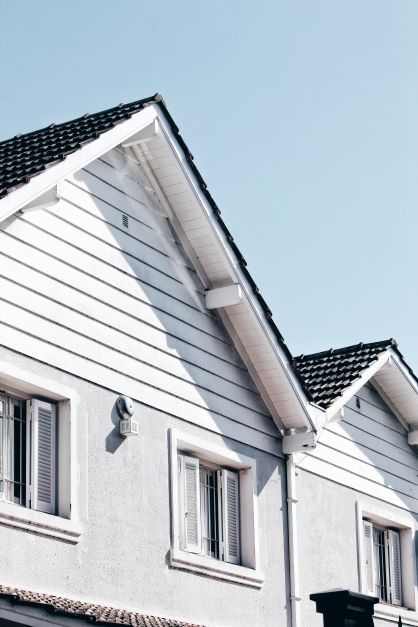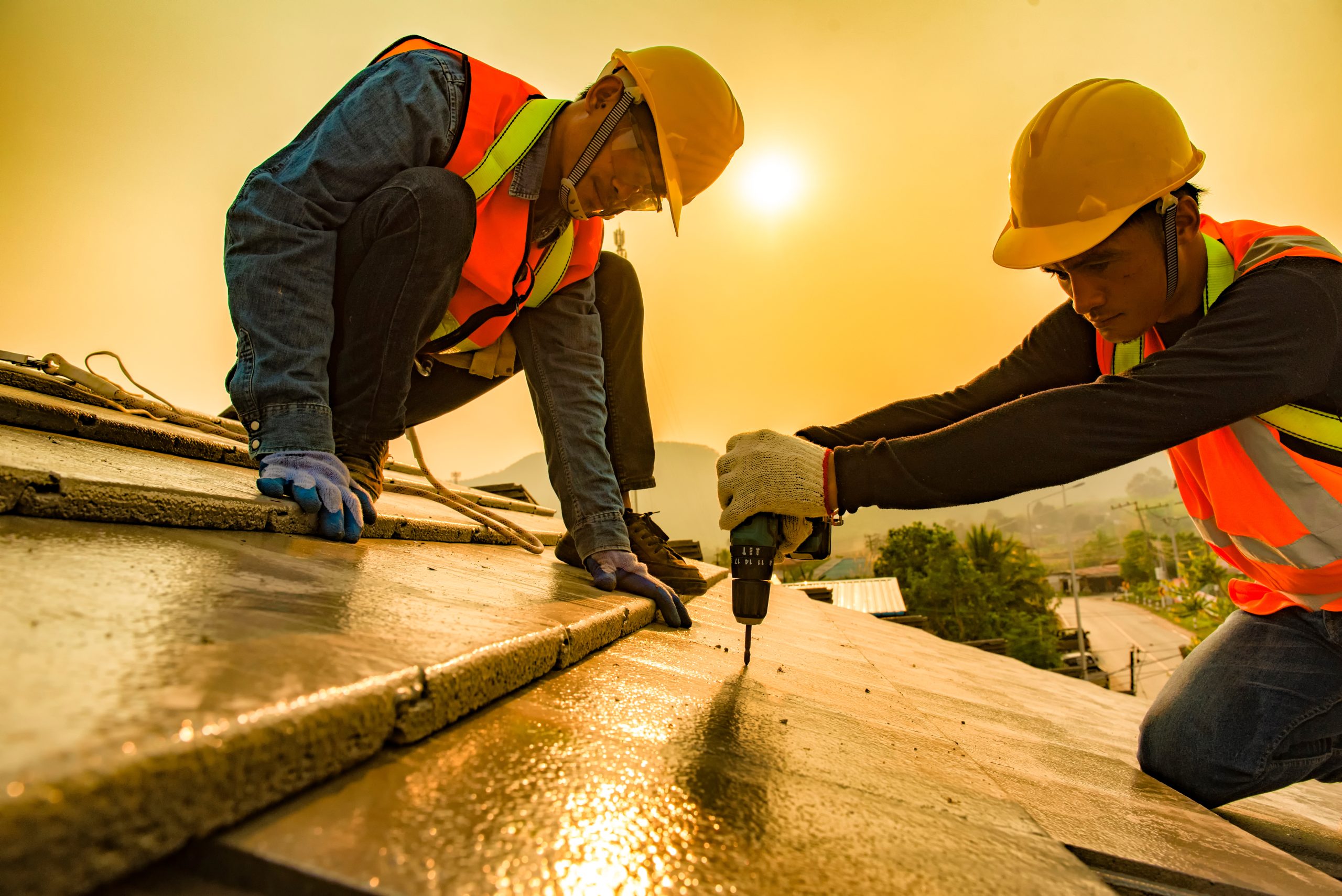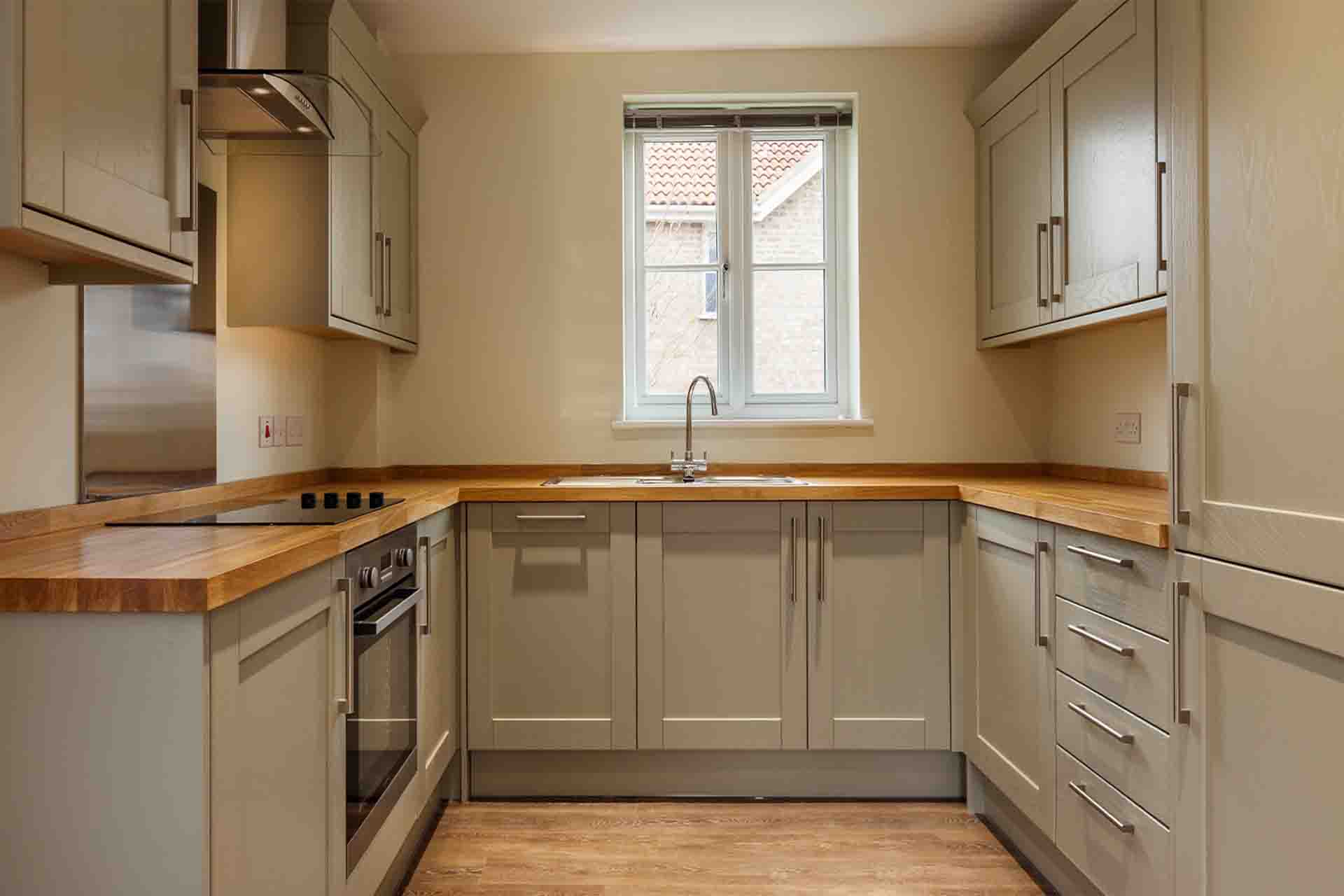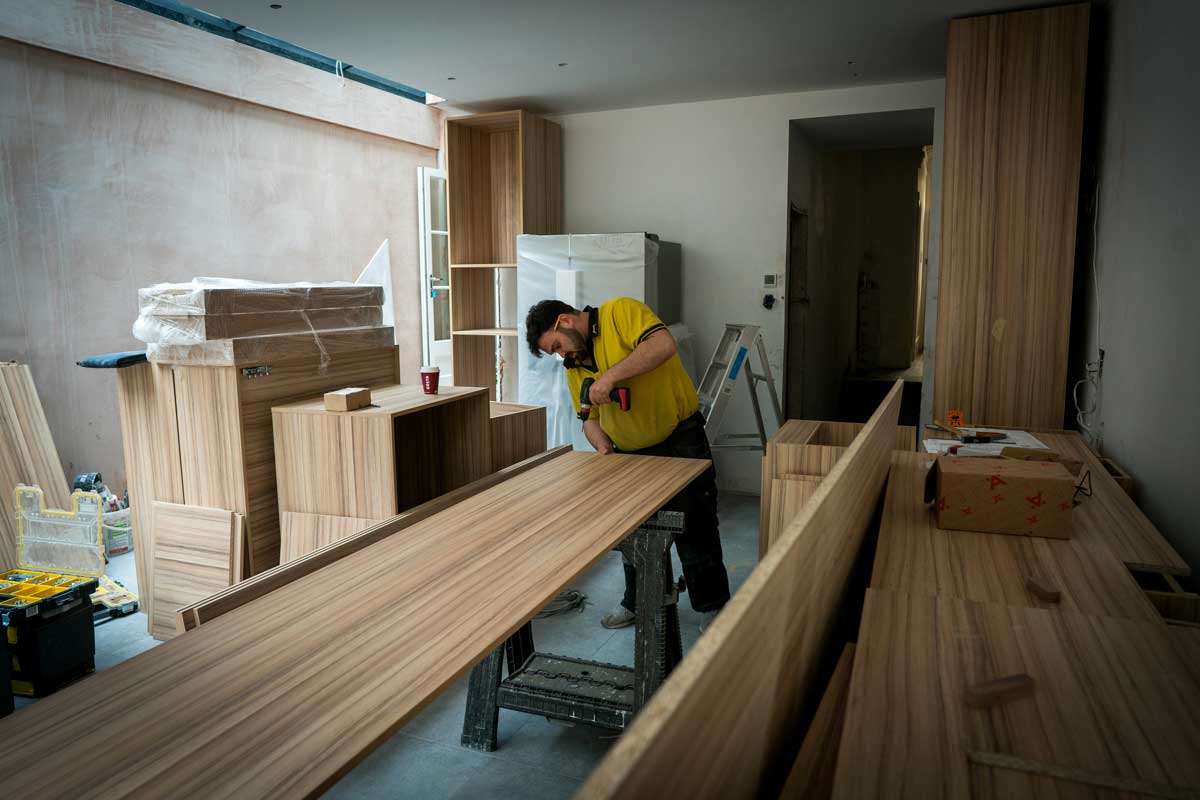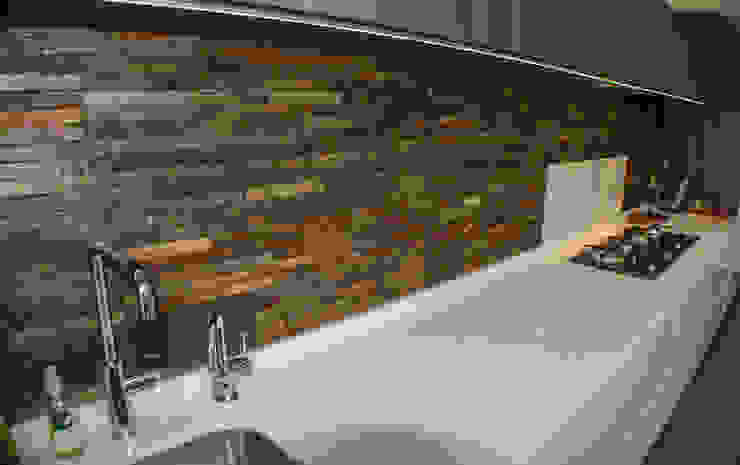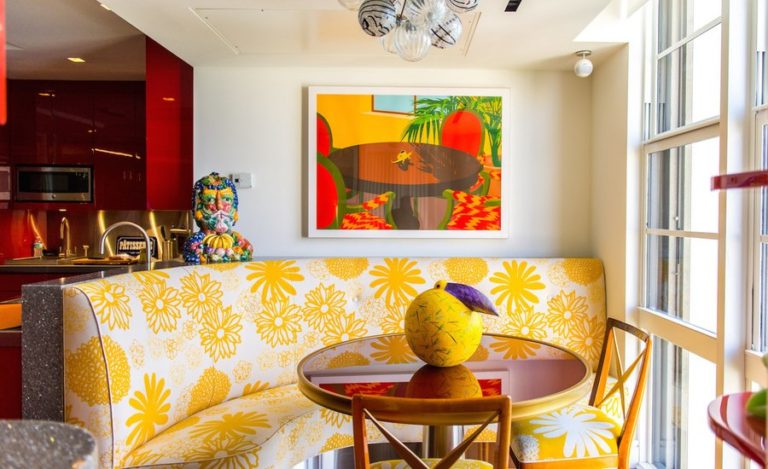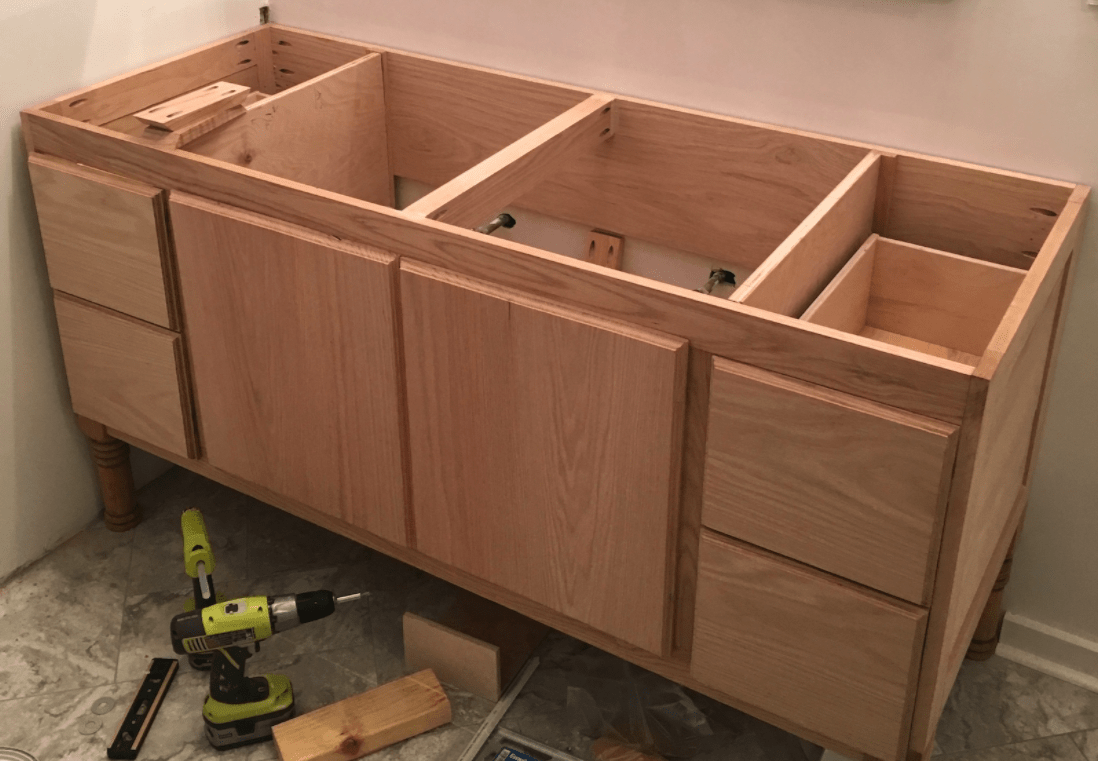Installing kitchen wall cladding is a simple and cost-effective way to update the look of your kitchen. It not only adds a decorative touch, but also protects your walls from water, stains, and scratches. If you're thinking of giving your kitchen a makeover, here's a step-by-step guide on how to install kitchen wall cladding.How to Install Kitchen Wall Cladding
Before you start installing kitchen wall cladding, there are a few things you should keep in mind. The first and most important tip is to measure your walls accurately. This will ensure that you purchase the right amount of cladding and avoid any unnecessary wastage. Another important tip is to choose a suitable adhesive for your cladding material. Different materials may require different types of adhesives, so make sure to check the manufacturer's recommendations.Top Tips for Fitting Kitchen Wall Cladding
Step 1: Prepare the wall surface by cleaning it thoroughly and removing any old wallpaper or paint. The surface should be smooth and free from any bumps or cracks. Step 2: Measure the wall and cut the cladding panels to fit accordingly. Use a saw for cutting and make sure to wear protective gear. Step 3: Apply adhesive to the back of the panel using a trowel or a caulk gun. Step 4: Place the panel on the wall, starting from one corner and pressing firmly to ensure proper adhesion. Step 5: Repeat the process for the remaining panels, making sure to leave a small gap between each panel for expansion. Step 6: Once all the panels are installed, use a silicone sealant to fill in any gaps around the edges and corners. Step 7: Allow the adhesive to dry completely before using your kitchen.Step-by-Step Guide for Installing Kitchen Wall Cladding
To ensure a successful installation, here are some best practices to keep in mind: - Always follow the manufacturer's instructions for installation and use recommended adhesives and sealants. - Make sure to prepare the wall surface properly to ensure good adhesion. - Use a spirit level to ensure that the panels are installed evenly and straight. - Leave a small gap between panels for expansion, especially for PVC or plastic cladding. - Use protective gear when cutting and handling cladding materials.Best Practices for Fitting Kitchen Wall Cladding
To install kitchen wall cladding, you will need: - Cladding panels - Appropriate adhesive and sealant - Trowel or caulk gun - Saw - Measuring tape - Spirit level - Protective gear (gloves, goggles, and mask)Tools and Materials Needed for Installing Kitchen Wall Cladding
While installing kitchen wall cladding may seem like a simple task, there are some common mistakes that can easily be avoided: - Not measuring accurately and ending up with too much or too little cladding. - Using the wrong type of adhesive for the cladding material. - Not preparing the wall surface properly, resulting in poor adhesion. - Not leaving a small gap between panels for expansion. - Rushing the installation process and not allowing enough time for the adhesive to dry.Common Mistakes to Avoid When Fitting Kitchen Wall Cladding
If you're unsure about how to install kitchen wall cladding or have any questions, it's always best to seek advice from an expert. They can guide you on the best materials and techniques for your specific kitchen and provide valuable tips for a successful installation.Expert Advice for Fitting Kitchen Wall Cladding
Installing kitchen wall cladding is a relatively simple DIY project that can save you money. However, if you're not confident in your DIY skills or have a large kitchen to cover, it may be worth hiring a professional. They have the necessary tools and expertise to ensure a flawless installation and can help you avoid any potential mistakes.DIY vs Professional Installation for Kitchen Wall Cladding
The cost of fitting kitchen wall cladding will depend on the materials and tools you use and whether you choose to DIY or hire a professional. On average, the cost can range from $10-$30 per square meter for materials. The timeframe for installation can vary depending on the size of your kitchen and the complexity of the project, but it can typically be completed in a day or two.Costs and Timeframe for Fitting Kitchen Wall Cladding
Kitchen wall cladding is low maintenance and easy to clean. Regularly wiping it down with a damp cloth and mild detergent will keep it looking like new. Avoid using harsh chemicals or abrasive cleaners, as they can damage the surface. If any repairs or replacements are needed, make sure to use the same type of cladding and adhesive to maintain consistency. In conclusion, fitting kitchen wall cladding is a great way to enhance the look and functionality of your kitchen. By following these tips and best practices, you can achieve a professional and long-lasting installation. So go ahead and give your kitchen a fresh new look with wall cladding today!Maintenance and Care Tips for Kitchen Wall Cladding
Why Kitchen Wall Cladding Fitting is Essential for Your House Design
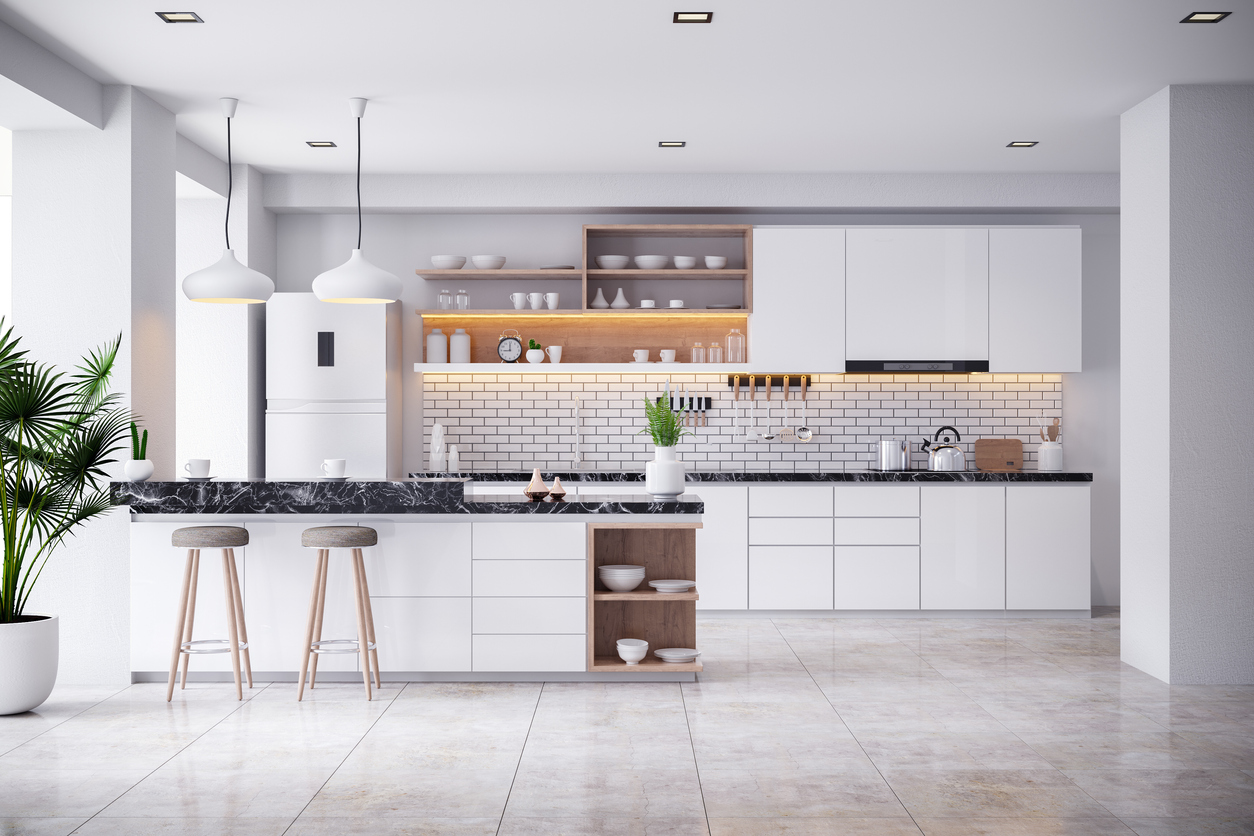
Creating a Modern and Practical Kitchen
 When it comes to house design, the kitchen is often considered the heart of the home. It is where meals are prepared, families gather, and memories are made. Therefore, it is important to have a kitchen that not only looks aesthetically pleasing, but also functions efficiently. One way to achieve this is through
kitchen wall cladding fitting
. This innovative design technique not only adds style to your kitchen, but also provides practical benefits that make it a must-have for any modern home.
When it comes to house design, the kitchen is often considered the heart of the home. It is where meals are prepared, families gather, and memories are made. Therefore, it is important to have a kitchen that not only looks aesthetically pleasing, but also functions efficiently. One way to achieve this is through
kitchen wall cladding fitting
. This innovative design technique not only adds style to your kitchen, but also provides practical benefits that make it a must-have for any modern home.
Protecting Your Walls from Damage
 The kitchen is a high-traffic area where spills, splatters, and stains are inevitable. Over time, these can cause damage to your walls, leaving them looking dull and worn out.
Kitchen wall cladding
provides a layer of protection against these everyday hazards, ensuring your walls stay in pristine condition. Made from durable materials such as PVC, acrylic, or laminate, it is resistant to water, heat, and scratches, making it a long-lasting solution for your kitchen walls.
The kitchen is a high-traffic area where spills, splatters, and stains are inevitable. Over time, these can cause damage to your walls, leaving them looking dull and worn out.
Kitchen wall cladding
provides a layer of protection against these everyday hazards, ensuring your walls stay in pristine condition. Made from durable materials such as PVC, acrylic, or laminate, it is resistant to water, heat, and scratches, making it a long-lasting solution for your kitchen walls.
Easy to Clean and Maintain
 Gone are the days of spending hours scrubbing your kitchen walls to remove stubborn stains. With
kitchen wall cladding
, cleaning becomes a breeze. The smooth and non-porous surface of the cladding makes it easy to wipe away any spills or splatters with just a damp cloth and mild detergent. It also eliminates the need for repainting or retiling your walls, saving you time and money on maintenance in the long run.
Gone are the days of spending hours scrubbing your kitchen walls to remove stubborn stains. With
kitchen wall cladding
, cleaning becomes a breeze. The smooth and non-porous surface of the cladding makes it easy to wipe away any spills or splatters with just a damp cloth and mild detergent. It also eliminates the need for repainting or retiling your walls, saving you time and money on maintenance in the long run.
Unlimited Design Options
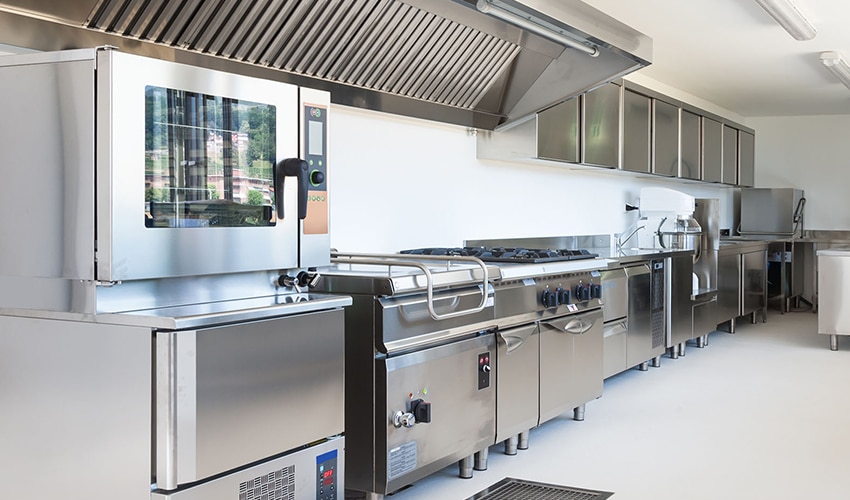 Another advantage of
kitchen wall cladding fitting
is the endless design possibilities it offers. From sleek and modern to rustic and traditional, there are a variety of options to suit any kitchen style. You can choose from a range of colors, textures, and patterns to create a unique and personalized look for your kitchen. Additionally, cladding can also be used as a backsplash, adding a decorative element while protecting your walls.
In conclusion,
kitchen wall cladding fitting
is an essential element of house design that offers both form and function. It not only protects your walls from damage, but also adds style and personality to your kitchen. With its easy maintenance and versatile design options, it is a practical and cost-effective choice for any homeowner. So why wait? Upgrade your kitchen today with this innovative and modern design technique.
Another advantage of
kitchen wall cladding fitting
is the endless design possibilities it offers. From sleek and modern to rustic and traditional, there are a variety of options to suit any kitchen style. You can choose from a range of colors, textures, and patterns to create a unique and personalized look for your kitchen. Additionally, cladding can also be used as a backsplash, adding a decorative element while protecting your walls.
In conclusion,
kitchen wall cladding fitting
is an essential element of house design that offers both form and function. It not only protects your walls from damage, but also adds style and personality to your kitchen. With its easy maintenance and versatile design options, it is a practical and cost-effective choice for any homeowner. So why wait? Upgrade your kitchen today with this innovative and modern design technique.



